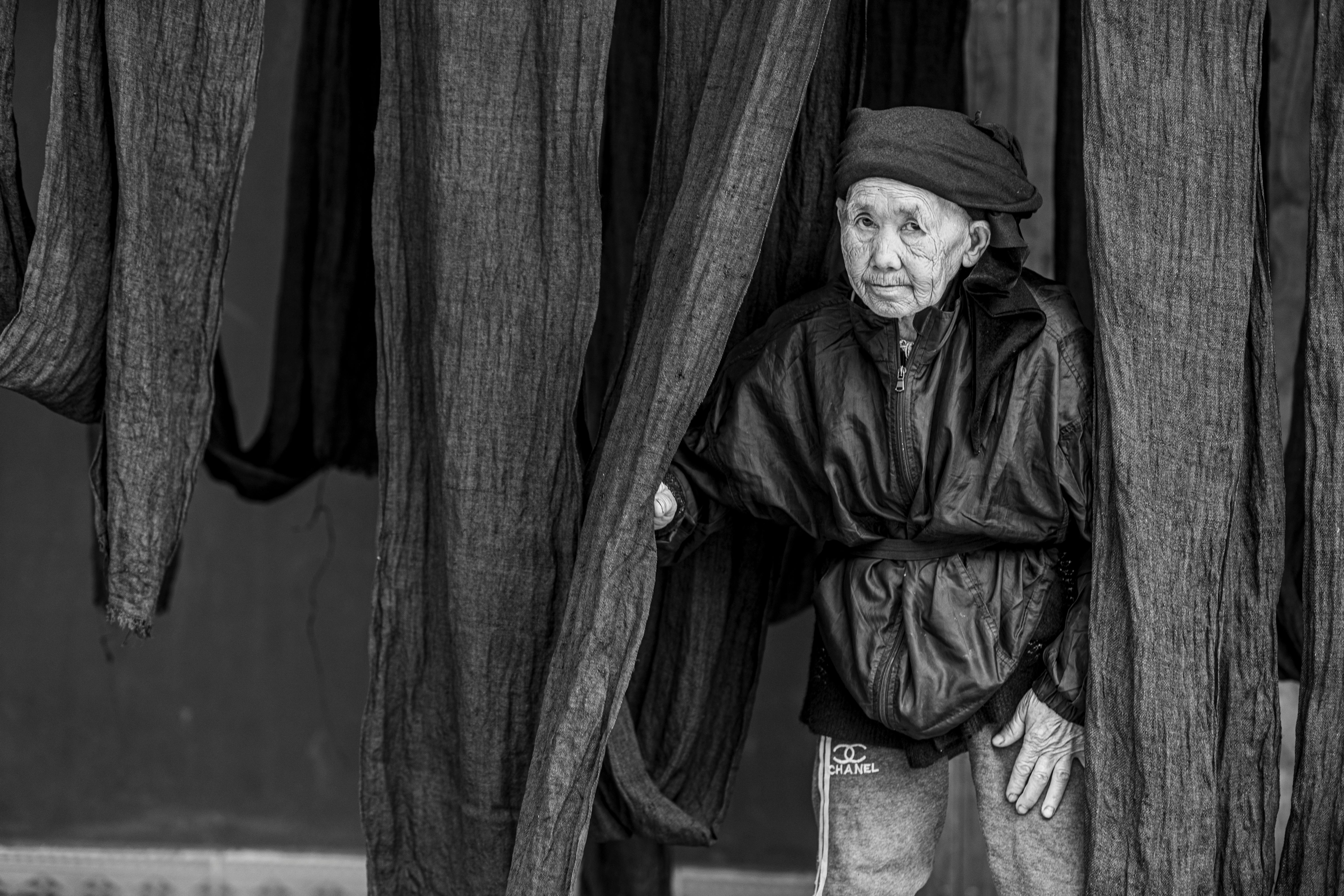Boar Corps. Project Chapter - A Closer Look
Have you ever wondered how we might guide a whole fleet of vehicles without anyone actually sitting inside them? Well, there's a fascinating initiative known as Project Boar that seems to be doing just that. It's a system put together to help manage and oversee many different kinds of vehicles that don't have a human operator on board. These vehicles, you see, are what people often refer to as UXVs, which is just a simpler way of saying unmanned vehicles.
This system, Project Boar, is actually set up to handle vehicles whether they are moving across the ground, flying through the air, sailing on the water's surface, or even exploring beneath the waves. It brings all of them back to one central spot where someone can keep an eye on everything and give instructions. So, it's almost like having a single hub for all these independent machines, allowing for a more cohesive approach to various tasks.
The idea behind Boar is to give people a way to truly oversee and manage what these UXVs are doing. Think about situations like responding when something urgent happens, checking out buildings for safety, or perhaps looking for things that might pose a risk. This system helps with all those kinds of important tasks, and quite a bit more, it seems, offering a fresh perspective on how we interact with autonomous helpers.
Table of Contents
- Project Boar's Core Purpose
- What is the Connection to the Wild Boar?
- Academic Reflections on "Cosmic Boar"
- Visuals and Media for the Boar Corps. Project Chapter
- What Research Projects Touch on Boar Corps. Project Chapter?
- How Does Project Boar Help Us in Real-World Situations?
- Exploring the Digital Footprint of Boar Corps. Project Chapter?
- What's Next for the Boar Corps. Project Chapter?
Project Boar's Core Purpose
At its heart, Project Boar is a system that aims to give people a central point of control for various types of machines that operate without a human person directly inside them. These machines, which are known as UXVs, span a wide range of environments. You see, this includes those that move on land, those that fly through the air, those that sail across the surface of the water, and even those that go deep beneath the sea. It's a rather broad scope, encompassing many different kinds of operational settings.
The primary aim of Project Boar is to make it possible to manage and keep an eye on these UXV activities from one single command spot. This means that instead of having separate controls for each kind of machine or each individual unit, there's a unified way to handle them all. It's a bit like having a master switchboard for an entire fleet, which certainly simplifies things quite a bit for those overseeing operations.
This centralized control and observation capability means that Project Boar can support a whole host of tasks. For example, it can be quite helpful in situations where a quick response is needed, like during an emergency. It can also assist with looking over buildings to check their condition, or even in spotting things that might pose a risk or a threat. So, in many respects, it offers a versatile tool for a variety of important operational needs.
- Xxx Preet Jatti
- Mike Connors
- Cheyenne Swenson Topless
- Fleshlight Diy
- Access Raspberry Pi Outside Local Network
What is the Connection to the Wild Boar?
Interestingly, the project name seems to draw inspiration from the wild boar itself, a creature known by its scientific name, Sus scrofa. This animal is also commonly referred to as the wild swine, or simply a wild pig. It's a type of pig that is naturally found across a large part of what's called the Palearctic region, which covers much of Europe and Asia. Apparently, it has also been introduced into other places, like the Americas and parts of Southeast Asia, where it has established populations.
The wild boar, as a species, has a really broad reach across many different places, indicating its ability to adapt to various environments. It also appears in rather significant numbers, suggesting a creature that has done quite well in its habitats. This widespread presence, along with its sheer quantity, does, in a way, make it a notable animal in the natural world. Its resilience and adaptability are certainly characteristics that might inspire a project focused on wide-ranging control.
The text also mentions some intriguing connections, like a "truffle egg for rootling rootling.place" receiving a special award in 2025. This particular mention seems to tie into the idea of rooting or foraging, which is something wild boars are known for doing with their snouts. It's a rather specific detail, suggesting some kind of recognition tied to the animal's natural behaviors or perhaps a symbolic nod to its qualities within a broader context.
Academic Reflections on "Cosmic Boar"
There's a fascinating mention of a 2023 piece called "cosmopolitan boar," which serves as a commentary on a specific chapter titled "cosmic boar." This chapter was penned by an Assamese scholar named Banikanta Kakati. His work appeared in a book published in 1952, which was called "Visnuite Myths and Legends in Folklore Setting," and it came out of Gauhati. This really highlights how the concept of the boar, or at least a "cosmic boar," has been a subject of academic and cultural discussion for quite some time.
The fact that there's a commentary on this particular chapter, even decades after its original publication, shows its lasting impact and relevance. It suggests that Kakati's insights into "cosmic boar" within the context of Vishnuite myths and local stories continue to spark thought and discussion. It's pretty interesting, actually, to see how these older scholarly works still find new interpretations and conversations in more recent times.
This academic connection helps to place the idea of "boar" within a broader intellectual and cultural landscape, beyond just its technological or biological meanings. It suggests that the imagery or symbolism associated with a boar, perhaps even a "cosmic" one, holds a certain weight in folklore and scholarly inquiry. So, in some respects, it adds a layer of depth to the overall theme, linking it to established traditions of thought and storytelling.
Visuals and Media for the Boar Corps. Project Chapter
When it comes to getting a sense of the Boar Corps. project chapter, visuals play a significant role. There's a clear indication that free pictures related to "boar corps project chapter1" are available for use in classroom lessons. This suggests an educational aspect, where visual aids can help convey the ideas behind the project to students or anyone wanting to learn more. It's a practical way to share information, making it more accessible and engaging for people.
Beyond classroom materials, there's also a mention of a vast collection of stock photos. You can, for instance, download and use over 400,000 "art+of+zoo+boar+corps+project+free" stock photos without any cost. This is a pretty substantial number, indicating a rich resource for visual content related to the project, perhaps for presentations, articles, or other creative endeavors. It really opens up possibilities for how the project can be visually represented and shared with a wider audience.
In addition to still images, there's also a significant collection of video content. People can download and use more than 63,400 "boar+corps.+project+art+of+zoo" stock videos for free. This abundance of video material offers a dynamic way to showcase the project, perhaps illustrating its functions or concepts in motion. It's clear that there's a strong emphasis on providing accessible visual resources for anyone interested in the Boar Corps. project chapter, helping to spread awareness and understanding.
What Research Projects Touch on Boar Corps. Project Chapter?
There's a mention of a specific research effort that connects with the themes surrounding the Boar Corps. project chapter. This particular project is described as pursuing a collaborative, ethnographic investigation. In other words, it involves working together with others to study human cultures and societies in a detailed way, focusing on people's daily lives and experiences. This kind of research often involves spending time with the groups being studied to truly understand their perspectives and practices.
The investigation itself looks into the relationship between three subjects that, apparently, haven't been studied as much as they could be in the field of anthropology. These areas are veterinary medicine, recreational hunting, and wild boars. It's a pretty unique combination, suggesting that the project aims to uncover new insights by looking at how these distinct fields interact with each other, especially concerning wild boars. This sort of interdisciplinary approach can sometimes reveal unexpected connections and understandings.
By bringing together anthropology, which studies human societies, with veterinary medicine, which focuses on animal health, and recreational hunting, which involves human interaction with wildlife, the project seems to be aiming for a comprehensive view. It wants to explore the nuanced ways these areas intersect, perhaps shedding light on human attitudes towards animals, the management of wildlife populations, or even the ethical considerations involved. So, it's a deep dive into some rather complex relationships, offering a fresh perspective on the wild boar and its place in human society.
How Does Project Boar Help Us in Real-World Situations?
Project Boar is really set up to offer practical assistance in a variety of real-world scenarios, particularly where unmanned vehicles can make a significant difference. One of the key ways it helps is in emergency response situations. Think about it: when there's a disaster or an urgent event, getting eyes on the ground, or even in the air or under the water, quickly and safely is paramount. This system allows for the deployment and management of UXVs to gather information or perform tasks in places that might be too risky for people, offering immediate support.
Another important area where Project Boar can lend a hand is with building inspections. Instead of sending people into potentially dangerous or hard-to-reach spots, UXVs controlled by this system can carry out thorough checks of structures. This could involve looking for damage after an event, assessing the condition of older buildings, or even just routine maintenance checks. It makes the process safer and, quite possibly, more efficient, as these machines can access tight spaces or elevated areas with ease.
Furthermore, the system is designed to assist with threat detection. This means it can help in identifying potential dangers or risks in various environments. Whether it's scanning an area for suspicious activity, detecting hazardous materials, or monitoring borders, the UXVs managed by Project Boar can provide crucial information. This capability, in fact, adds a layer of security and proactive safety, allowing for earlier identification of issues and a more informed response. It’s pretty clear that its applications extend to many critical areas of public safety and oversight.
Exploring the Digital Footprint of Boar Corps. Project Chapter?
The Boar Corps. project chapter also has a presence in the digital world, with mentions across various platforms. For instance, there's a reference to a channel named "Animalsex" with 248 subscribers. This channel, it seems, has featured the "latest boar corps project trailer." This kind of online visibility suggests that the project is using digital channels to share updates and reach an audience, even if the platform's name itself is quite unusual. It shows an effort to put out content and engage with people who follow these kinds of online spaces.
The mention of subscribers and a trailer suggests a form of digital outreach, aiming to inform or perhaps excite viewers about what the project is doing. It’s a common way, naturally, for projects to get their message out these days, using video content to provide a quick overview or a sneak peek. The fact that it's labeled as the "latest" trailer implies that there might have been previous ones, indicating an ongoing communication strategy for the Boar Corps. project chapter.
Additionally, the text points to a specific online destination, "zoovalhalla3," which is described as "one of the legitimate & most trusted knotty destination making your wet knotty dreams come true 🐾🥰 you'll never be scammed on zoovalhalla3." This particular description is quite specific and, honestly, presents a very unique kind of online presence for something related to "Boar Corps. project chapter." It suggests a very niche community or service that, in its own words, promises a certain kind of experience and reliability to its users.
What's Next for the Boar Corps. Project Chapter?
Looking ahead, it seems there are some notable events tied to the Boar Corps. project chapter. For one, there's a specific mention of the year 2025, where a "truffle egg for rootling rootling.place" is slated to receive a special award on the 13th. This suggests future

Art+Of+Zoo+Boar+Corps+Project+Free Photos, Download The BEST Free Art

Art+Of+Zoo+Boar+Corps+Project+Free Photos, Download The BEST Free Art

Art+Of+Zoo+Boar+Corps+Project+Free Photos, Download The BEST Free Art